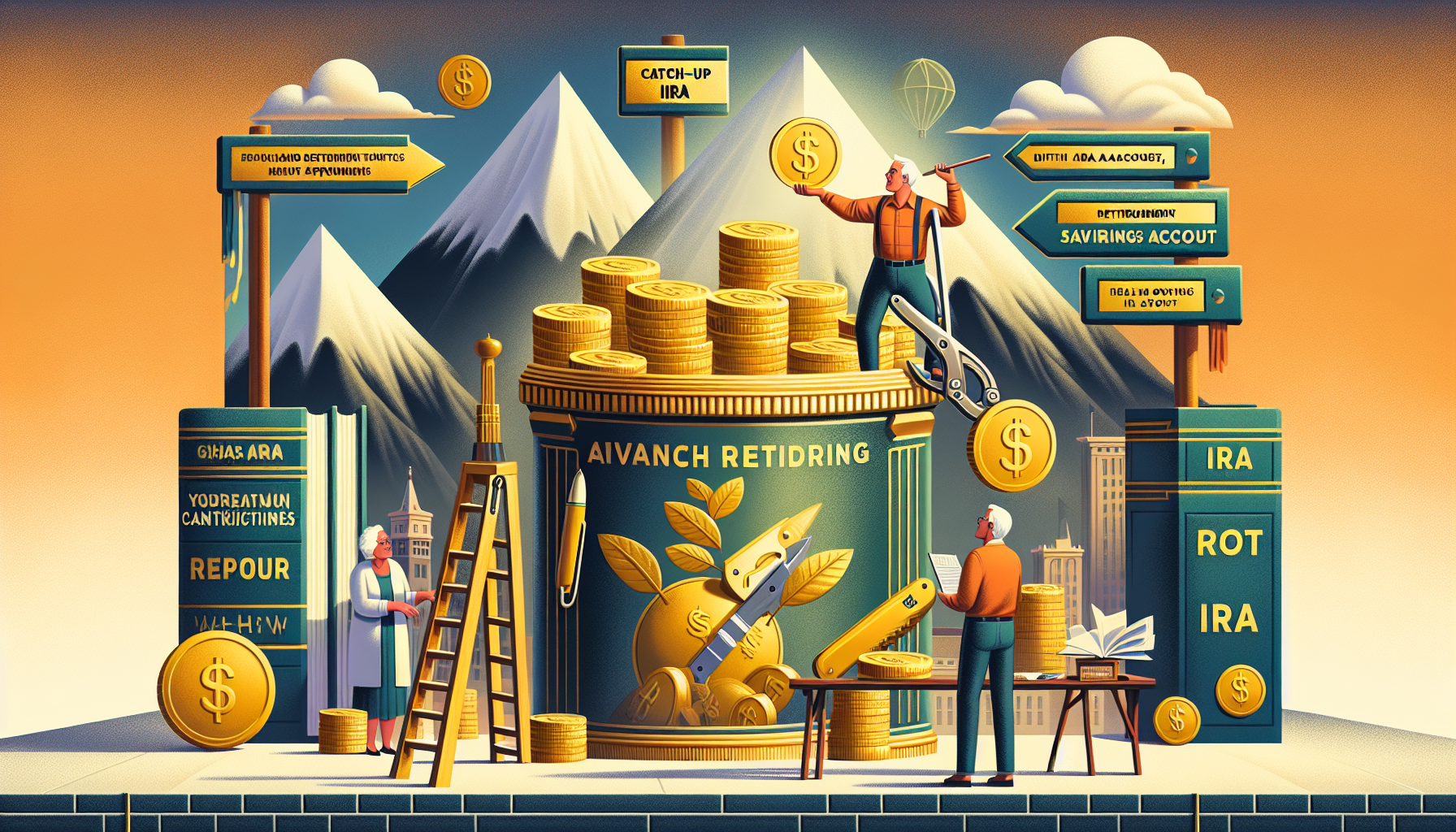Evaluating Your Expenses: How to Identify and Cut Unnecessary Spending is a comprehensive course designed to guide individuals through the critical process of assessing their financial habits, identifying areas of unnecessary expenditure, and implementing strategies to optimize savings and budgeting. Through expert insights and practical exercises, participants will learn the art of scrutinizing their spending patterns, distinguishing between essential and non-essential costs, and reallocating resources towards achieving their financial goals. This course empowers learners to transform their approach to personal finance, ensuring a healthier, more sustainable financial future.
Lesson 1

Mastering Your Financial Landscape
Understanding your current financial landscape is the cornerstone of building a robust personal Finance foundation. Before diving deep into strategies, it’s essential to have a clear picture of where your money is going. In this how-to guide, we’ll explore practical steps to scrutinize and comprehend your spending habits, paving the way towards a healthier financial future.
Why Track Your Spending Habits?
Getting a handle on your expenses can spell the difference between financial stability and uncertainty. By tracking your spending, you not only identify where your money goes but also uncover potentially unnecessary expenditures that could be better saved or invested.
Tools That Can Help
Fortunately, the digital age offers a plethora of tools designed to simplify this task. From mobile apps that connect directly to your bank account to traditional spreadsheet templates, the options are vast and can be tailored to fit anyone’s preference.
Create a Comprehensive Expense List
Begin with listing down all your expenditures over the past month. Divide them into categories such as essentials (housing, utilities, groceries) and non-essentials (dining out, entertainment). This classification will later help in identifying areas where cuts are feasible without compromising on the quality of life.
Here’s a simple, creative way to visualize your categorized expenses:
| Category | Example Expenses |
|---|---|
| Essentials | Housing, utilities, groceries |
| Non-Essentials | Dining out, entertainment, shopping |
Techniques for Effective Tracking
Establishing a methodical approach to tracking your spending is crucial. It might seem tedious at first, but consistency is key. Here are a few tips:
- Dedicate a small chunk of time weekly to review and categorize expenses.
- Use budgeting apps that categorize expenses automatically, saving you time and effort.
- Equally important, assess the emotional triggers behind certain purchases to avoid future unnecessary spending.
Incorporating these strategies into your routine creates not only a clearer financial picture but fosters a mindful attitude towards spending. Transitioning to this mindset is pivotal in making informed decisions about your finances, leading to long-term savings and growth.
Conclusion
Understanding your current financial landscape through meticulous tracking and categorization of your expenses is a fundamental step towards financial independence and health. By employing the tools and techniques discussed, you’re well on your way to identifying unnecessary expenditures and redirecting those funds towards achieving your financial goals. Remember, the journey to financial prudence begins with knowing exactly where your money goes.
Lesson 2

Pinpointing Unnecessary Spending
Identifying unnecessary expenses is akin to embarking on a financial treasure hunt where the prize is your own hard-earned money waiting to be saved. This vital step in financial planning helps you to not only keep your budget in check but also redirects funds towards more meaningful areas of your life. Let’s dive into how you can spotlight these financial leaks and plug them efficiently.
Scrutinizing Spending Habits
First off, scrutinizing your spending habits with a magnifying glass is key. It involves going through your expenses with a fine-tooth comb and asking yourself honestly whether each purchase was necessary. Was that daily gourmet coffee essential, or could a home-brewed version suffice? Often, it’s the small indulgences that cumulatively bleed our wallets dry.
The Impulse Buying Trap
Impulse buying is a common pitfall that leads to unnecessary spending. Recognizing the emotional or situational triggers that lead to these spur-of-the-moment decisions is crucial. Whether it’s stress shopping or succumbing to a flash sale, identifying these moments can help you develop strategies to avoid them in the future.
Reevaluating Subscriptions and Memberships
In today’s subscription economy, it’s easy to sign up for multiple services and forget about them. Conduct a monthly review of all your subscriptions and memberships – from streaming services to gym memberships. If you haven’t used a service in the last month, consider cancelling it or switching to a more cost-effective plan.
Simple Steps to Cut Unnecessary Expenses
After identifying your unnecessary expenses, it’s time to take action. Consider these strategies:
- Implement a 48-hour rule for all non-essential purchases. This gives you time to consider if you really need the item.
- Unsubscribe from marketing emails to reduce the temptation to shop impulsively.
- Use cash or debit cards for discretionary spending to limit your expenses to what’s available in your account.
Setting Up Financial Buffers
Finally, redirect the money saved from cutting unnecessary expenses into a savings account or investment fund. This not only bolsters your financial security but also brings you closer to achieving your long-term financial goals.
Conclusion
Identifying and cutting unnecessary spending are essential steps toward achieving financial freedom and stability. By adopting a mindful approach to spending and implementing the strategies outlined, you can transform your financial health, ensuring that every dime you spend moves you closer to your financial objectives.
Lesson 3

Empowering Your Savings and Budgeting Strategies
Maximizing your savings and crafting a bulletproof budget are the final frontiers on your journey to financial mastery. This chapter delves deep into the art of redirecting funds saved from squashing unnecessary expenditures towards achieving your wildest financial dreams. Yes, it’s about making your savings account smile and your budget work like a well-oiled machine.
Unlocking the Secrets of Effective Budgeting
Effective budgeting isn’t just about cutting costs; it’s about reallocating resources to what truly matters. The first step is understanding the different budgeting techniques available. From the envelope system to zero-based budgeting, it’s crucial to find a method that resonates with your lifestyle and financial goals.
Building a Budget That Breathes
A budget should be flexible. Unexpected expenses aren’t a sign of failure but a normal part of life. Incorporating a buffer within your budget ensures you can handle these surprises without derailing your financial plans.
Tips for Stretching Your Dollar Further
Saving money doesn’t have to mean sacrificing quality of life. There are endless ways to stretch your dollar further, from leveraging cashback apps to planning meals around sales at the grocery store. Here are a few strategies:
- Always shop with a list to avoid impulse purchases.
- Invest in quality items that last longer instead of opting for cheaper, disposable alternatives.
- Review your recurring bills annually to ensure you’re getting the best rates.
Fostering Financial Wellness Through Goal Setting
Setting financial goals gives you a target to aim for and helps gauge your progress. Whether it’s saving for a down payment on a house, preparing for retirement, or establishing an emergency fund, having clear, measurable goals is the key to financial wellness.
Short-Term vs. Long-Term Goals
Distinguish between short-term and long-term goals. Short-term goals, like saving for vacation, might take a few months, while long-term goals, such as retirement savings, can take years or even decades. Balancing both is crucial for a well-rounded financial plan.
The Power of Visualization
Visualizing your goals can significantly boost your motivation. Try creating a vision board or using financial planning apps that help you track your progress toward your goals. Seeing the tangible benefits of your hard work can make all the difference.
Conclusion
By trimming unnecessary expenses, adopting effective budgeting techniques, and setting clear financial goals, you’re well on your way to financial freedom. Remember, the journey to financial health is ongoing, but every step you take is a move in the right direction. Your future self will thank you for the diligence and dedication you put into managing your finances today.
Evaluating Your Expenses: How to Identify and Cut Unnecessary Spending has provided you with the insights and tools necessary to take control of your financial narrative. By understanding your current financial landscape, identifying unnecessary expenditures, and implementing successful budgeting and saving strategies, you’re now equipped to navigate your financial journey with confidence. The foundation laid throughout this course is only the beginning. You’re encouraged to revisit these lessons periodically as your financial situation evolves. Ready to test your knowledge? A 10-question quiz awaits below, offering you an opportunity to assess your grasp of the key concepts covered in this transformative course.
Test Your Knowledge With this short Quiz
Click here to copy your score to share on facebook!







